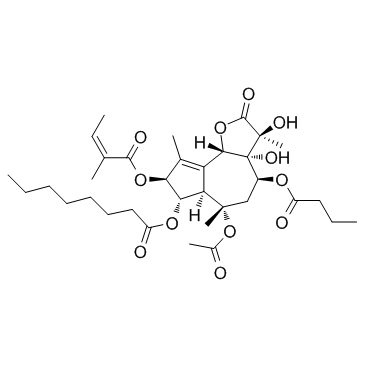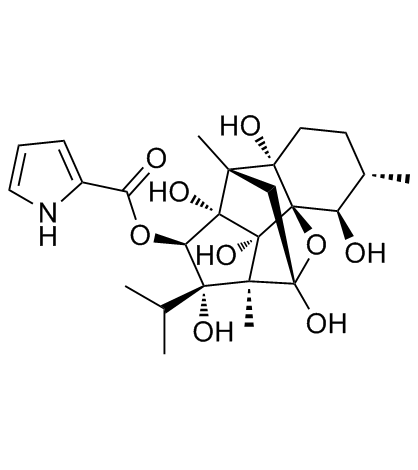| Structure | Name/CAS No. | Articles |
|---|---|---|
 |
Sodium hydroxide
CAS:1310-73-2 |
|
 |
3-Ethyl-2,4-pentanedione
CAS:1540-34-7 |
|
 |
Thapsigargin
CAS:67526-95-8 |
|
 |
Nickel Chloride
CAS:7718-54-9 |
|
 |
Ryanodine
CAS:15662-33-6 |